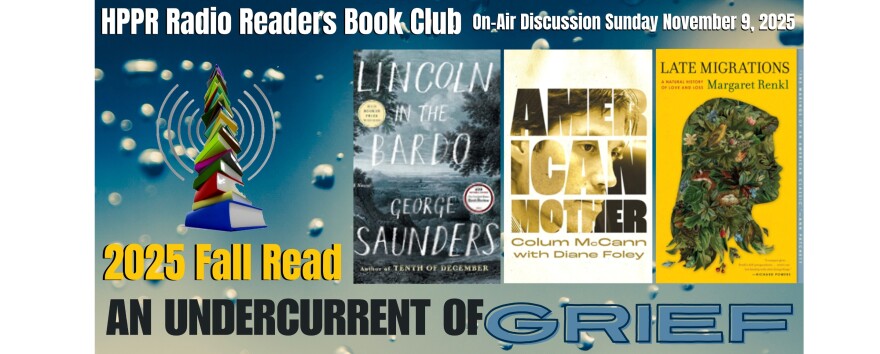Water is almost top of mind in western Kansas. But that may be even more true now in both ends of the state. Commentator Rex Buchanan reflects on the recent uptick in interest in water issues, and some of the current thinking that’s driving that interest.
Don’t look now, but Kansas water is having a moment. In the past few weeks, the state’s water issues were featured in long stories in the New York Times and the Kansas City Star. In state government, last year’s legislature appropriated significant new water funding. The governor re-established a water subcabinet, regular get-togethers of the cabinet level agencies that deal with water. And the governor appointed a special advisor on water.
All this attention resulted in nearly palpable excitement in recent meetings held by water-related folks.
After going to a couple of those meetings, I had two take-home lessons--one good and one not so good--that sometimes get lost in the shuffle.
First, the good news. We used to think that stopping declines in the Ogallala aquifer in western Kansas would require draconian cutbacks in irrigation. Maybe as much as 75 percent. When people heard numbers that drastic, their response was, I think, understandable. Cuts that big would be so severe, so daunting, their economic impact so great, why even try. The obvious response: throw your hands up and keep on pumping.
But work by my colleagues at the Kansas Geological Survey shows that such huge cutbacks may not be necessary to slow or stop declines. In parts of the aquifer, reductions of 20 or 25% can extend the life of the aquifer significantly.
In places, irrigators have come together to voluntarily cut back 20% on water, through more precise irrigation scheduling and raising different crops. They’re saved water and made just as much money.
But here’s the other thing.
Improved water efficiency doesn’t necessarily result in less water used. I know that doesn’t sound right so I’ll say it again. Conserving water via improved irrigation efficiency doesn’t always result in using less water. Here’s why. When irrigators save water, through new efficiencies, they often use the water they saved to irrigate more acres or switch to more water-thirsty, more profitable crops. In other words, they use the water they save.
One of my colleagues says that the allure of improved efficiency is a “zombie idea,” a concept that isn’t true, but just won’t die.
I’m not saying that efficiency is bad. Obviously, nobody should be wasting water. But efficiency alone won’t solve this. To truly slow water-level declines, cuts in water use have to actually save water.
Bottom line: we can stem declines in the Ogallala, but not with improved efficiency alone. We have to tie those efficiency measures to some sort of binding agreement to actually reduce the amount of water being pumped.
In early January every year, I help measure water levels in central and western Kansas, part of an annual program by the Survey and the state’s division of water resources. While some parts of Kansas were hit hard by drought last summer, parts of southwestern Kansas got a fair amount of rain. That generally results in less-than-usual declines in the aquifer, not because precipitation replenishes the aquifer, but because rain means less irrigation, which lets the aquifer recover.
But don’t get idea that all the recent attention has solved our water woes. It’ll take more than newspaper stories and meetings and some summer rains. We know that we need to use less water. Now we have to do it.










